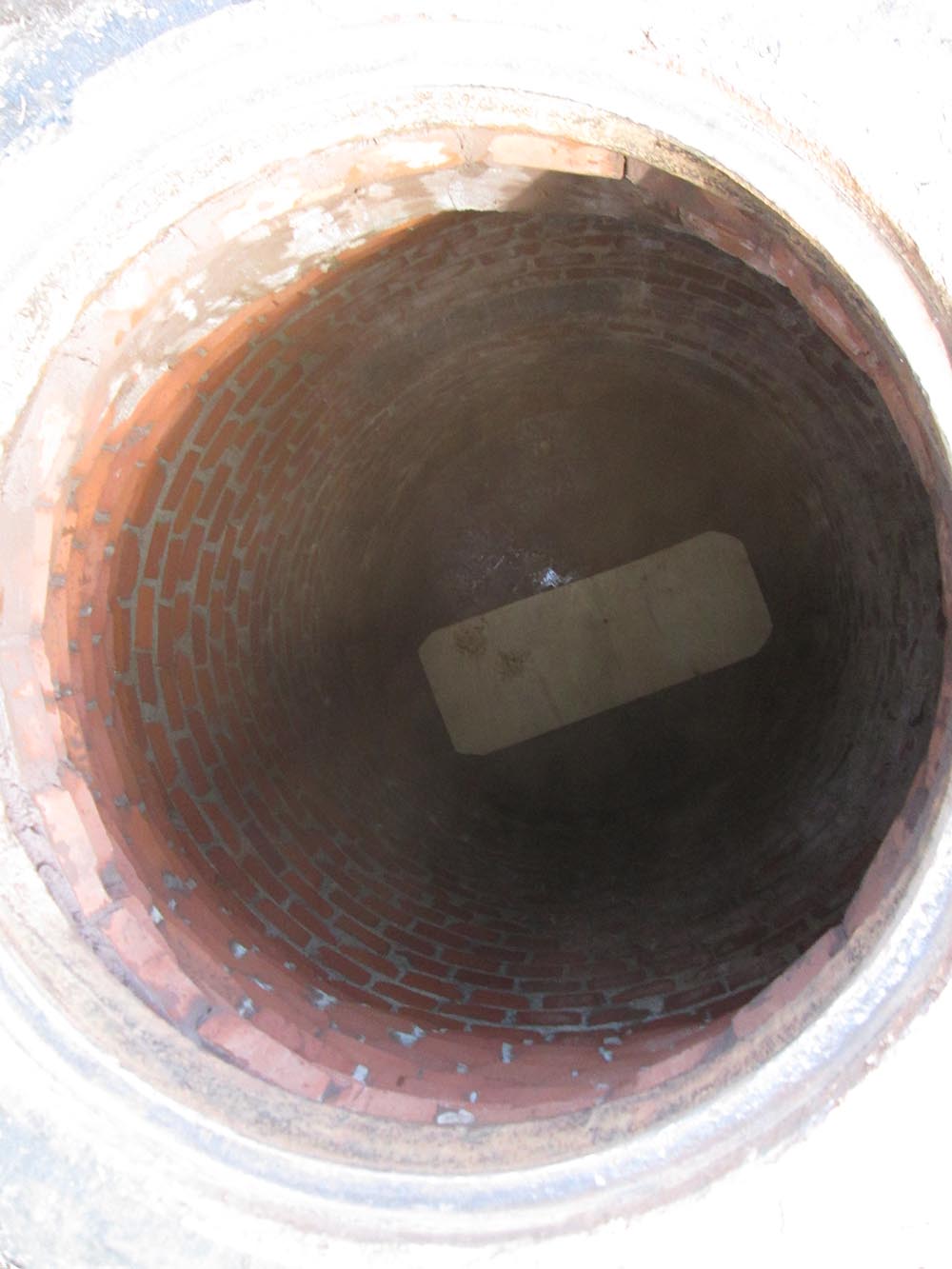The City of Charlotte is using vast resources to experiment in cost saving and environmentally smart strategies for a new treatment facility. The strategy begins with converting food waste into fuel. This can be accomplished with the use of anaerobic digesters. The process consists of microorganisms in oxygen-free systems which will break down organic wastes from grocery stores, food processors and restaurant grease. The method produces a fuel called biogas, which can be used to generate heat and electricity. Wasted food in landfills can take centuries to decompose. Wastewater treatment generally involves four main steps: primary treatment, which separates solids from liquid waste; secondary treatment, in which bacteria break down dissolved waste that contains ammonia and other pollutants and remaining solids are separated from the treated liquid. The Charlotte plant is part of a new technology and innovation intended specifically to assist in turning organic matter or biomass- that would have ultimately gone to landfills- into energy. Interestingly, the plant will be able to process 156,000 tons of non-animal waste a year and will run around the clock. The area of Charlotte produces approximately 175,000 tons of food waste per year, with much of it being dumped in landfills and some being used for compost. Waste heat from the generators will be used to warm the digesters and dry nutrient-rich solids that will be sold as soil amendments. An on-site wastewater treatment plant will remove contaminants before it is piped into Charlotte’s sewer system.
Interesting fact: North Carolina’s Duke University has been applauded for their sustainable initiatives. The University has received recognition for sustainable classrooms, residence halls, labs, and offices that cut water and energy use, save paper, and educate the community on Duke’s goal of going carbon neutral by 2024. The University promotes the use of compostable items ranging from plates and utensils to local bus schedules.










